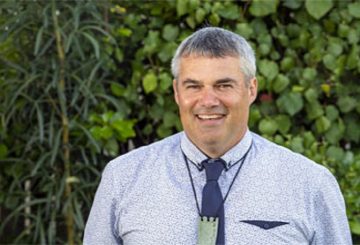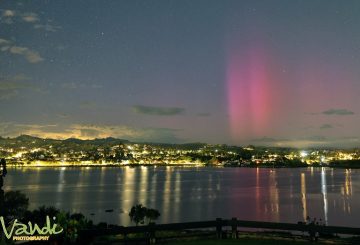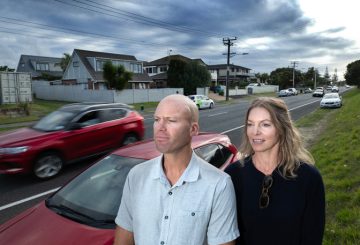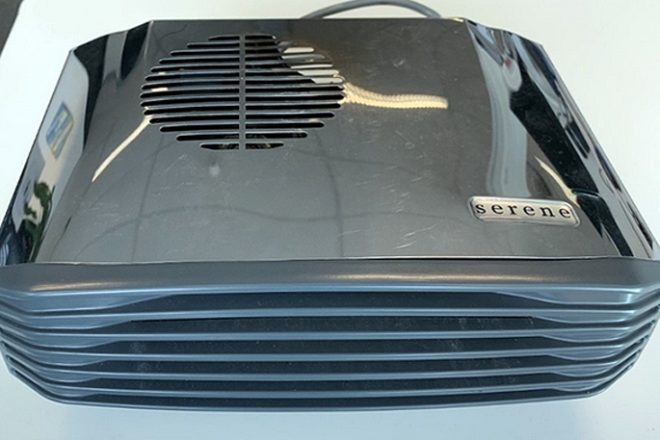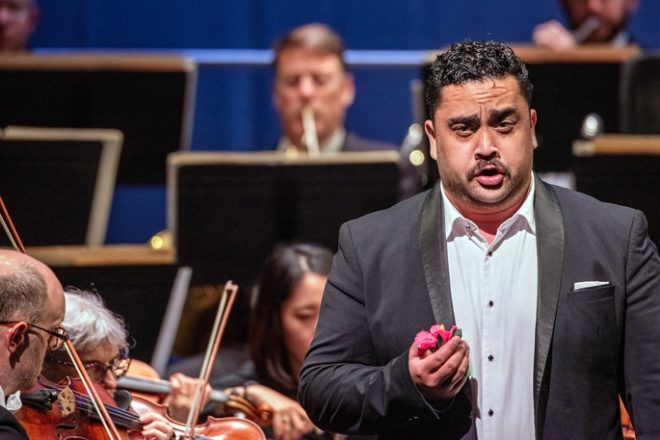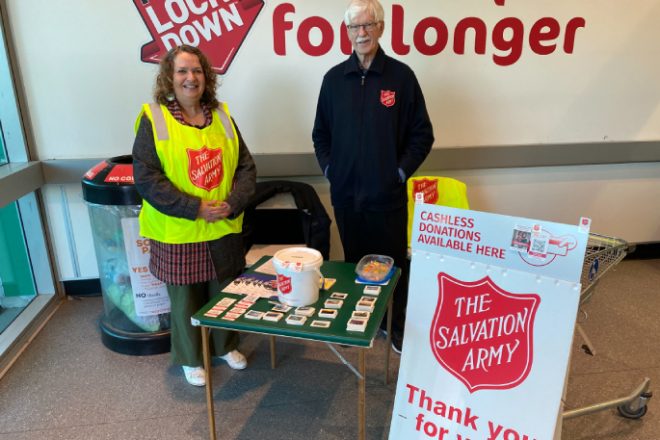Ten years ago, a painted piano appeared in Pilot Bay, becoming a popular spot for people to gather, have picnics, and sing. The piano, now 129 years old, was bought for $30 on TradeMe in November 2013. It was then taken to The Incubator Creative Hub, where artists transformed it into a work of art. The wheels for the piano were attached by Herb’s Autos and funded by Stewart Fleming, the owner of Mount Backpackers.
Since its debut, the piano has attracted hundreds of visitors who stop to chat, play music, and enjoy the setting. Notable moments include a seal appearing offshore near the piano, Australians bringing a table and tablecloths for a classy picnic, and a group of Kiwis responding with their own fancy feast.
The piano has also been a place for heartwarming interactions. Once, a millionaire and a homeless man sat side by side, chatting about life. Another time, a lonely widow found company and warmth with a young family. The piano has even been the backdrop for a wedding proposal.
The piano has also inspired many to learn and practice the instrument. One 11-year-old boy, who was encouraged to practice daily and learn from YouTube, returned five years later as a skilled pianist with a scholarship to play in Poland.
The piano has also helped people with severe head injuries find a connection. In one case, a man regained use of his hand after reaching out to play the piano keys.
The piano is not always in Pilot Bay due to weather conditions. It is usually available in the evenings during Daylight Savings time from around Labour Weekend to about Easter. Updates can be found on the ‘Mount Maunganui Beach Piano’ Facebook page. As summer approaches, the piano continues to be a great community spot to enjoy an evening with a picnic and sunset.


















































